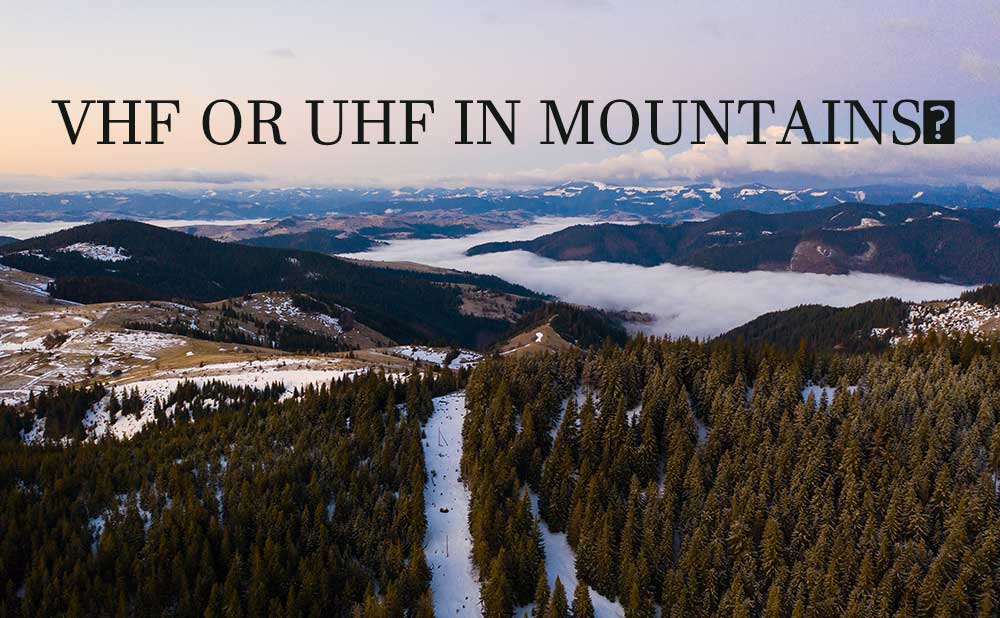vhf or uhf in mountains?

vhf or uhf in mountains?
Mountains have always had a certain appeal for adventurers and nature lovers. However, these spectacular landscapes can pose significant communication challenges. A common question that comes up is whether VHF radios (a popular choice among outdoor enthusiasts) will work effectively in mountainous areas. In this article, we’ll delve into the topic and give you a comprehensive understanding of VHF radios and their capabilities in the mountains
UHF and VHF applicable scenarios
What scenarios are VHF radios suitable for?
VHF two-way radios with longer wavelengths are ideal for outdoors and large areas. It is ideal for sparsely populated areas and can therefore operate with reduced disturbance. Generally speaking, VHF radio is more suitable for industries such as agriculture and entertainment.
Since VHF's waves are longer, it's harder to interfere with the wave, so it travels farther. This characteristic makes them particularly suitable for open areas with minimal obstructions.
What scenarios are UHF radios suitable for?
UHF radios can penetrate buildings in urban areas. Such as concrete, steel and wood. It is therefore suitable for indoor use, including multi-story buildings such as those in industry, construction and multi-story buildings operating in both indoor and outdoor environments. UHF has a higher frequency, so the waves are smaller, so the waves are more likely to weaken with distance.
How to Choose?
About how to choose the right frequency band for your mountain walkie talkie. Here are some of my opinions. Considering the cost-effectiveness, if you often do activities in mountainous areas or live in mountainous areas. You can choose VHF band walkie-talkies as your commonly used walkie-talkie type.
But if you only use it when you go out for fun occasionally, you can choose UHF radio. Because in our daily living environment we will face many built environments rather than wide areas. So it will be closer to your needs.
Summarize
This article just briefly talks about this issue. If you want to know more about VHF and UHF, you can check out our previous articles<VHF vs UHF-What's the difference? > to help you choose.






